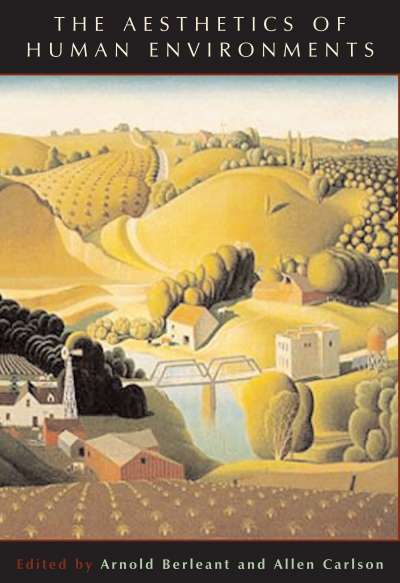The Aesthetics of Natural Environments is a collection of essays investigating philosophical and aesthetics issues that arise in our appreciation of natural environments. The introduction gives an historical and conceptual overview of the rapidly developing field of study known as environmental aesthetics. The essays consist of classic pieces as well as new contributions by some of the most prominent individuals now working in the field and range from theoretical to applied approaches.
The topics covered include the nature and value of natural beauty, the relationship between art appreciation and nature appreciation, the role of knowledge in the aesthetic appreciation of nature, the importance of environmental participation to the appreciation of environments, and the connections between the aesthetic appreciation of nature and our ethical obligations concerning its maintenance and preservation.
This volume is for scholars and students focussed on nature, landscapes, and environments, individuals in areas such as aesthetics, environmental ethics, geography, environmental studies, landscape architecture, landscape ecology, and the planning and design disciplines. It is also for any reader interested in and concerned about the aesthetic quality of the world in which we live.
Comments
“At last an anthology on environmental aesthetics! This is not just a collection of papers by the most prominent contemporary environmental aestheticians, it is a field-defining work that will represent the gold standard in this new subdiscipline for years to come. The editors have adroitly selected papers both for their inherent quality and for the way they represent emergent, conflicting, and dialectical points of view. The introduction alone is worth the price of the book as it effectively organizes the cognitive landscape in environmental aesthetics and exhaustively references its historical antecedents.” — J. Baird Callicott, University of North Texas
“By showing and clarifying how nature/earth encounters us, as we encounter it, this work will play a significant role in the emergence of a new way of doing aesthetics and environmental philosophy.” — Kenneth Maly, University of Wisconsin, La Crosse
“Environmental aesthetics is an incipient field that is exciting in its own right. But it also has the potential to help push environmental philosophy well beyond the limits of environmental ethics, as well as the vitality to help bring aesthetics back down to earth. Berleant and Carlson have done more than anyone else to articulate and advocate environmental aesthetics in its first stages, and their anthology presents important essays by many of the key figures in the field. It will be a standard work, indispensable for all those interested in the area, for the foreseeable future.” — Bruce Foltz, Eckerd College
“This collection provides an excellent overview of both the aesthetic issues involved in an appreciation of nature and how that understanding of the value of nature can be important for the long-term preservation and restoration of natural systems. This selection of highly readable essays is ideal for both the expert in the subject and those new to these debates. Taken as a whole, they make a powerful case for the claim that some of our best work in environmental philosophy has come from those more concerned with beauty rather than duty.” — Andrew Light, New York University
“The selection and arrangement of essays by Allen Carlson and Arnold Berleant is worthy of commendation: it enables newcomers to see the field’s strong dialectical character and encourages old hands to test their own intuitions in a critically stimulating manner. […] Informed by a lucid introduction (which surveys current research and offers extensive bibliographical references), the collection would be useful in either an undergraduate or graduate course. Yet there is enough substance and nuance throughout to exercise the intellectual muscle of philosophical specialists.” — Philosophy in Review







